My approach is based on my previous answer here. It involves convolving the image with a special kernel. This convolution identifies the end-points of the lines, as well as the intersections. This will result in a points mask containing the pixel that matches the points you are looking for. After that, apply a little bit of morphology to join possible duplicated points. The method is sensible to the corners produced by the skeleton.
This is the code:
import cv2
import numpy as np
# image path
path = "D://opencvImages//"
fileName = "Repn3.png"
# Reading an image in default mode:
inputImage = cv2.imread(path + fileName)
inputImageCopy = inputImage.copy()
# Convert to grayscale:
grayscaleImage = cv2.cvtColor(inputImage, cv2.COLOR_BGR2GRAY)
# Compute the skeleton:
skeleton = cv2.ximgproc.thinning(grayscaleImage, None, 1)
# Threshold the image so that white pixels get a value of 10 and
# black pixels a value of 0:
_, binaryImage = cv2.threshold(skeleton, 128, 10, cv2.THRESH_BINARY)
# Set the convolution kernel:
h = np.array([[1, 1, 1],
[1, 10, 1],
[1, 1, 1]])
# Convolve the image with the kernel:
imgFiltered = cv2.filter2D(binaryImage, -1, h)
So far I convolved the skeleton image with my special kernel. You can inspect the image produced and search for the numerical values at the corners and intersections.
This is the output so far:
Next, identify a corner or an intersection. This bit is tricky, because the threshold value depends directly on the skeleton image, which sometimes doesn't produce good (close to straight) corners:
# Create list of thresholds:
thresh = [130, 110, 40]
# Prepare the final mask of points:
(height, width) = binaryImage.shape
pointsMask = np.zeros((height, width, 1), np.uint8)
# Perform convolution and create points mask:
for t in range(len(thresh)):
# Get current threshold:
currentThresh = thresh[t]
# Locate the threshold in the filtered image:
tempMat = np.where(imgFiltered == currentThresh, 255, 0)
# Convert and shape the image to a uint8 height x width x channels
# numpy array:
tempMat = tempMat.astype(np.uint8)
tempMat = tempMat.reshape(height,width,1)
# Accumulate mask:
pointsMask = cv2.bitwise_or(pointsMask, tempMat)
This is the binary mask:
Let's dilate to join close points:
# Set kernel (structuring element) size:
kernelSize = 3
# Set operation iterations:
opIterations = 4
# Get the structuring element:
morphKernel = cv2.getStructuringElement(cv2.MORPH_RECT, (kernelSize, kernelSize))
# Perform Dilate:
pointsMask = cv2.morphologyEx(pointsMask, cv2.MORPH_DILATE, morphKernel, None, None, opIterations, cv2.BORDER_REFLECT101)
This is the output:
Now simple extract external contours. Get their bounding boxes and calculate their centroid:
# Look for the outer contours (no children):
contours, _ = cv2.findContours(pointsMask, cv2.RETR_EXTERNAL, cv2.CHAIN_APPROX_SIMPLE)
# Store the points here:
pointsList = []
# Loop through the contours:
for i, c in enumerate(contours):
# Get the contours bounding rectangle:
boundRect = cv2.boundingRect(c)
# Get the centroid of the rectangle:
cx = int(boundRect[0] + 0.5 * boundRect[2])
cy = int(boundRect[1] + 0.5 * boundRect[3])
# Store centroid into list:
pointsList.append( (cx,cy) )
# Set centroid circle and text:
color = (0, 0, 255)
cv2.circle(inputImageCopy, (cx, cy), 3, color, -1)
font = cv2.FONT_HERSHEY_COMPLEX
cv2.putText(inputImageCopy, str(i), (cx, cy), font, 0.5, (0, 255, 0), 1)
# Show image:
cv2.imshow("Circles", inputImageCopy)
cv2.waitKey(0)
This is the result. Some corners are missed, you might one to improve the solution before computing the skeleton.

